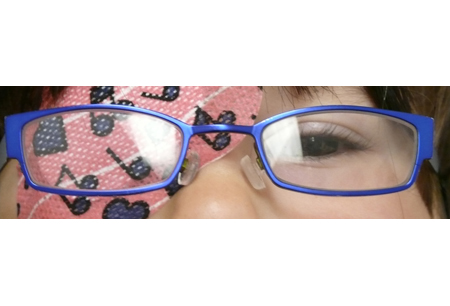Summary
Definition
History and exam
Key diagnostic factors
- presence of risk factors
- infant not tracking parent's face
- abnormal red reflex
Other diagnostic factors
- asymptomatic
- subnormal visual acuity for age in one or both eyes
- asymmetric corneal light reflex
- unequal behavioural response to alternate eye occlusion
- abnormal cover/uncover testing
- blurred vision
- eye strain
- congenital nystagmus
- abnormal pupil exam
- abnormal external eye exam
Risk factors
- age <9 years
- strabismus (misalignment of the eyes)
- opacity in the cornea, anterior chamber, lens, vitreous chamber, or retinal surface
- severe ptosis or prolonged occlusion of one or both eyes
- prematurity
- family history of amblyopia or strabismus
- hyperopic anisometropia (long-sightedness with unequal refractive error between the 2 eyes) of >+1.50 dioptre
- myopic anisometropia
- astigmatism (cylindrical, rather than spherical, defocus of the eye) >2.00 dioptre
- hyperopia >+4.50 dioptre
- myopia >-3.00 dioptre
- developmental delay
Diagnostic investigations
1st investigations to order
- visual acuity tests (by specialist)
- stereopsis (perception of depth or 3-dimensionality) and binocular vision testing
- assessment of fixation, ocular alignment, and ocular motility
- anterior segment examination using a slit lamp
- dilated fundoscopy
- cycloplegic retinoscopy
- binocular red reflex test (Brückner test)
Treatment algorithm
Contributors
Authors
Irene Gottlob, MD
Professor of Ophthalmology
Department of Neuroscience, Psychology and Behaviour
University of Leicester
Ulverscroft Eye Unit
Leicester Royal Infirmary
UK
Disclosures
IG declares that she has no competing interests. IG is an author of references cited in this topic.
Gail Maconachie, PhD, BMedSci
Lecturer
School of Allied Health Professions, Nursing and Midwifery,
Faculty of Health
University of Sheffield
UK
Disclosures
GM declares that she has no competing interests. GM is an author of a reference cited in this topic.
Eleni Papageorgiou, MD, PhD
Consultant in Pediatric Ophthalmology, Strabismus and Neuro-Ophthalmology
Department of Ophthalmology
University Hospital of Larissa
Larissa
Greece
Disclosures
EP declares that she has no competing interests.
Acknowledgements
Dr Irene Gottlob, Dr Gail Maconachie, and Dr Eleni Papageorgiou would like to gratefully acknowledge Dr Tina Rutar, the previous contributor to this topic
Disclosures
TR declared that she had no competing interests.
Peer reviewers
David Robbins Tien, MD
Associate Clinical Professor of Ophthalmology
Alpert Medical School of Brown University
Director of Ophthalmology
Hasbro Children's Hospital
Providence
RI
Disclosures
DRT declares that he has no competing interests.
David K. Wallace, MD, MPH
Associate Professor of Ophthalmology and Pediatrics
Duke Eye Center
Durham
NC
Disclosures
DKW has received NEI grants of more than 6 figures USD. DKW is an author of a number of references cited in this topic.
Michael Clarke, FRCS, FCOphth
Reader in Ophthalmology
Newcastle University
Newcastle
UK
Disclosures
MC has received NHS research grants of more than 6 figures USD. MC is an author of a number of references cited in this topic.
Use of this content is subject to our disclaimer
